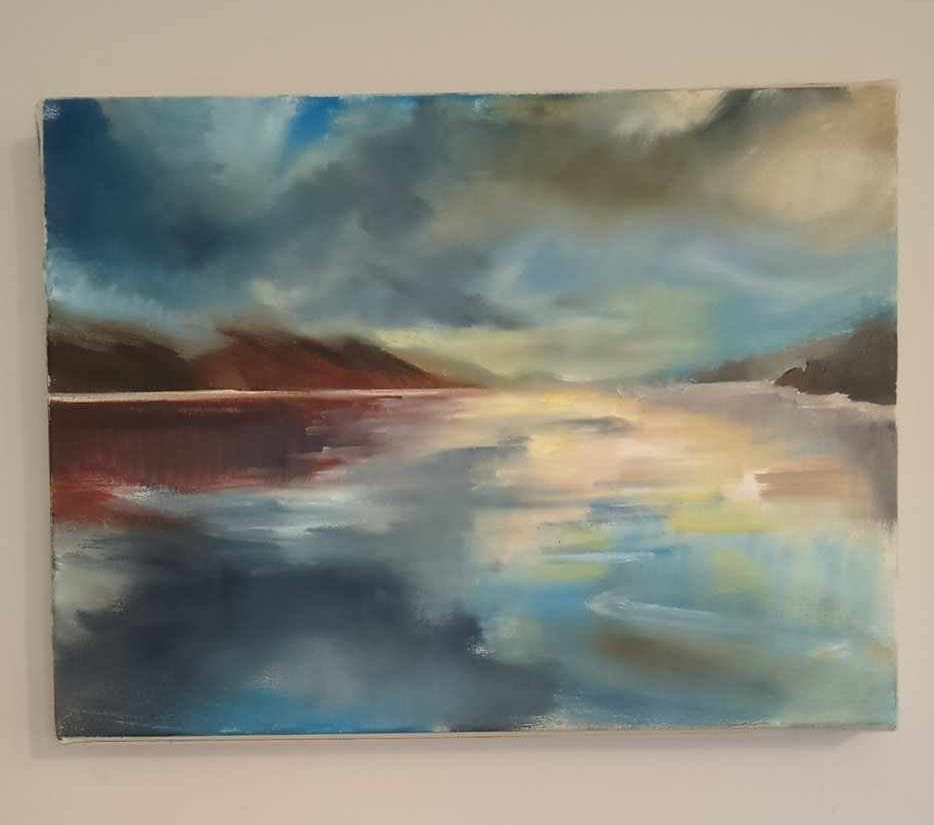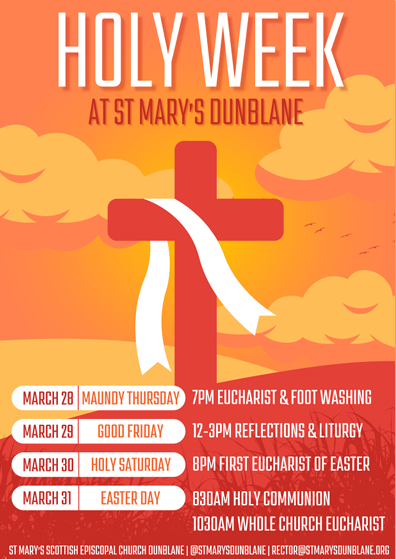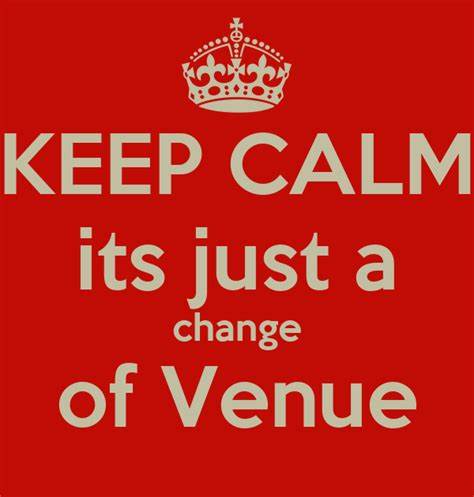In the Eastern Orthodox tradition, Peter writes, artists always paint the Transfiguration as their first icon. In fact, in the Orthodox Church they say the artist writes, not paints, the icon. That means it is created not just as a picture to be admired but to convey a message and to point to a meaning.
Icons and other religious art is not to be worshipped but to be honoured, venerated even, for the holy truth that it conveys. The Transfiguration scene calls out for visual presentation – with the three figures in a blaze of light on the mountain top and the disciples transfixed by the glory that shone around. At the centre is Jesus, his appearance transformed by this dazzling light. So what is this scene telling us?
![]()
15th century icon of the Transfiguration, unknown artist (public domain)
The light and the glory that shine forth are not reflected or have their source elsewhere. They come from within the person of Jesus himself. This is the uncreated light which signifies the divine nature of Jesus. But this divinity is present in a physical body, Jesus’ other nature, as a human being. It took the Early Church some 300 years to work this out and formulate it in the words of the Nicene Creed, which we repeat every Sunday: Jesus the Son of God and the second person of the Holy Trinity is two natures – human and divine – in one body.
Icons, and indeed most religious art, portray human bodies – of Jesus, his blessed Mother and indeed even God the Father himself. This is by no means idolatrous. We know perfectly well that God does not have hands but yet we happily sing “He’s got the whole world in his hands”. Like icons themselves, words like hands, eyes, arms are what our human language uses to help us get our heads round the reality that lies beneath and beyond.
The appearance of Jesus as a light-filled human body at the Transfiguration helps us to grasp the meaning of that phrase on the Book of Genesis, that God created us “in his image” and our bodies – and by extension our characteristics, personalities and capabilities all have the potential to illustrate or reveal the presence of God in our thoughts, actions and words. God has given us the gift of creativity, a sense of what is right or wrong, and a desire to work for the good of others. All this has huge implications for the way we treat our fellow humans, all of whom like us are made in his image. And, given that, to quote the First Letter of John “God is love and all who live in love live in God and God lives in them”, then it follows that the extent to which we love our fellow men and women, and indeed the whole of creation, must be the yardstick by which we measure the clarity, the brightness and the sharpness of the divine image in us.
As we come to God in prayer, in this coming season of Lent, examine ourselves and call to mind what we have done or failed to do, then we need to ask ourselves, “Have others seen God’s image in me? Do they see the light of his presence in my thoughts, words and deeds?”
And having examined ourselves, pray that we may embody that wonderful truth “The Word became flesh and dwelt among us, and we have seen his glory, the glory as of a father’s only son, full of grace and truth”.






